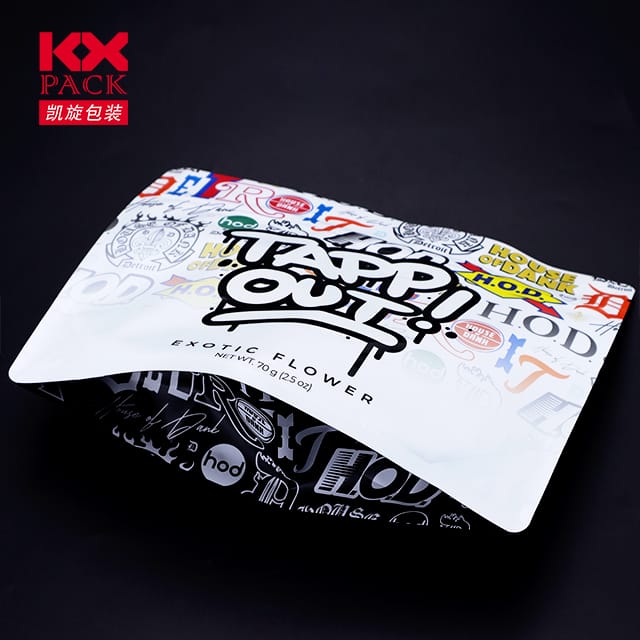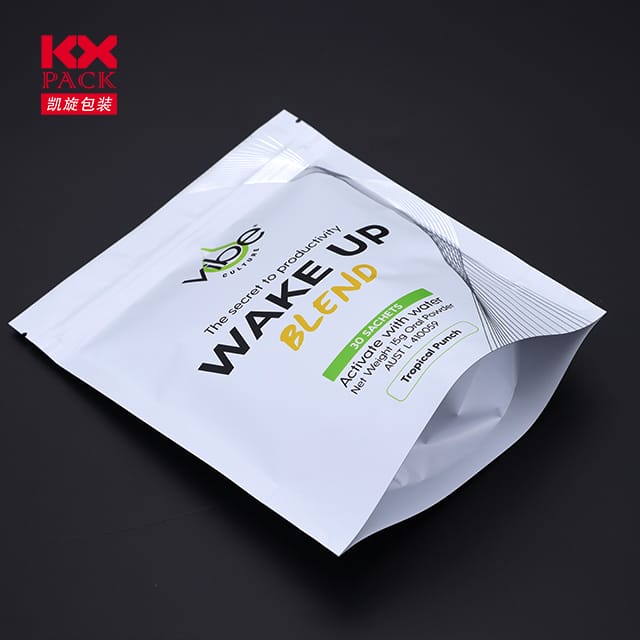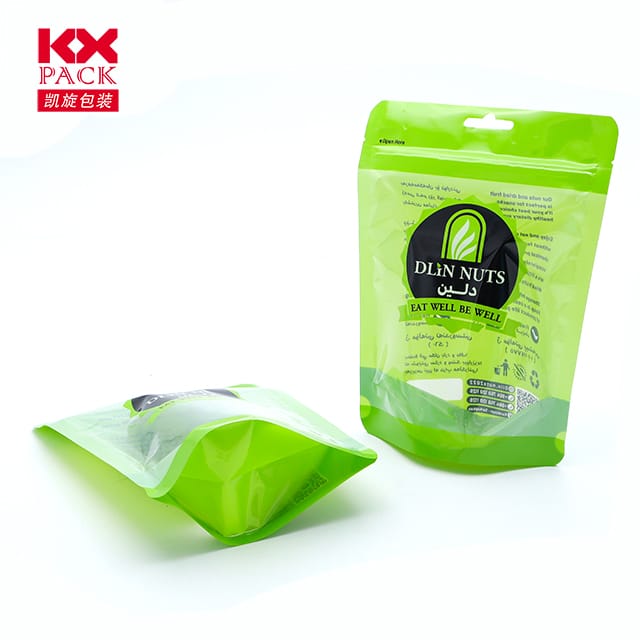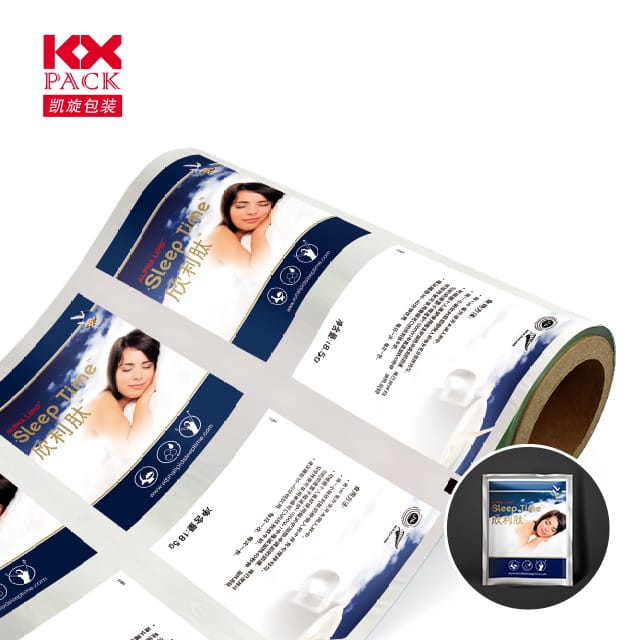Filem Pembungkusan Makanan: Inovasi Memandu Kemampanan dan Kesegaran (6)
Filem Pembungkusan Makanan
Dalam dunia yang serba pantas hari ini, Filem pembungkusan makanan lebih daripada sekadar lapisan pelindung -ini merupakan komponen kritikal keselamatan makanan, Kemampanan, dan kemudahan pengguna. Dari memanjangkan jangka hayat untuk mengurangkan sisa, Kemajuan dalam teknologi filem pembungkusan sedang membentuk semula bagaimana kami menyimpan, pengangkutan, dan nikmati makanan. Mari kita meneroka trend terkini, cabaran, and breakthroughs in this essential industry.
The Role of Food Packaging Film
Food packaging film serves multiple purposes:
- Pemeliharaan: Protects food from oxygen, lembapan, and contaminants to maintain freshness.
- Kemudahan: Enables easy handling, portioning, and on-the-go consumption.
- Keselamatan: Acts as a barrier against bacteria and physical damage.
- Kelestarian: Modern films aim to minimize environmental impact through recyclable or biodegradable materials.
Cutting-Edge Innovations
- Filem Biodegradable dan Compostable
Traditional plastic films, while effective, contribute to global pollution. Enter eco-friendly alternatives made from plant-based materials like polylactic acid (PLA), kanji, atau selulosa. These films break down naturally, reducing landfill waste. Sebagai contoh, companies like TIPA and BioPak are leading the charge with compostable packaging for snacks, hasil segar, and even coffee pods. - Active and Intelligent Packaging
Beyond passive protection, “smart” films now interact with food to enhance safety and quality:- Oxygen Scavengers: Films embedded with substances that absorb oxygen to prevent spoilage (common in meat and cheese packaging).
- Time-Temperature Indicators (TTIs): Labels that change color if food has been exposed to unsafe temperatures, memastikan kesegaran.
- Lapisan antimikrob: Films infused with natural agents like essential oils to inhibit bacterial growth.
- Pembungkusan yang boleh dimakan
Imagine eating your wrapper instead of throwing it away! Edible films made from ingredients like seaweed, rice starch, or fruit purees are gaining traction. Brands like Notpla (seaweed-based sachets) and WikiCells (edible casings for yogurt or juices) are pioneering this space, offering a zero-waste solution. - Nanotechnology in Packaging
Nanoparticles are being used to create ultra-thin, high-barrier films that outperform traditional plastics. Contohnya, silver nanoparticles provide antimicrobial properties, while clay nanocomposites enhance strength and gas resistance.
Cabaran kemampanan
Walaupun kemajuan, industri menghadapi halangan:
- Kos: Biodegradable materials are often more expensive than conventional plastics.
- Prestasi: Some eco-friendly films struggle with durability or moisture resistance.
- Infrastruktur kitar semula: Compostable films require industrial facilities, which are not yet widely available.
- Tingkah laku pengguna: Confusion over labeling (Mis., “biodegradable” vs. “compostable”) can lead to improper disposal.
The Future of Food Packaging Film
The shift toward circular economy principles is driving innovation. Trend utama termasuk:
- Monomaterial Films: Designed for easier recycling by using a single type of plastic.
- Water-Soluble Films: Ideal for single-use sachets, dissolving harmlessly in water.
- Reka bentuk yang didorong oleh AI: Machine learning optimizes film thickness, material use, and functionality to reduce waste.
Consumer Tips for Eco-Friendly Choices
- Look for certifications like “OK Compost” or “Biodegradable Products Institute (BPI).”
- Prioritize reusable containers over single-use films when possible.
- Support brands committed to sustainable packaging.
Kesimpulan
Food packaging film is evolving from a disposable necessity to a high-tech, sustainable solution. As consumer demand for eco-friendly options grows, the industry is rising to the challenge with innovations that prioritize both planet and product. By embracing these advancements, we can enjoy fresher food, mengurangkan pembaziran, and take a step closer to a greener future.
What’s your take on sustainable packaging? Share your thoughts or favorite eco-friendly brands in the comments!






